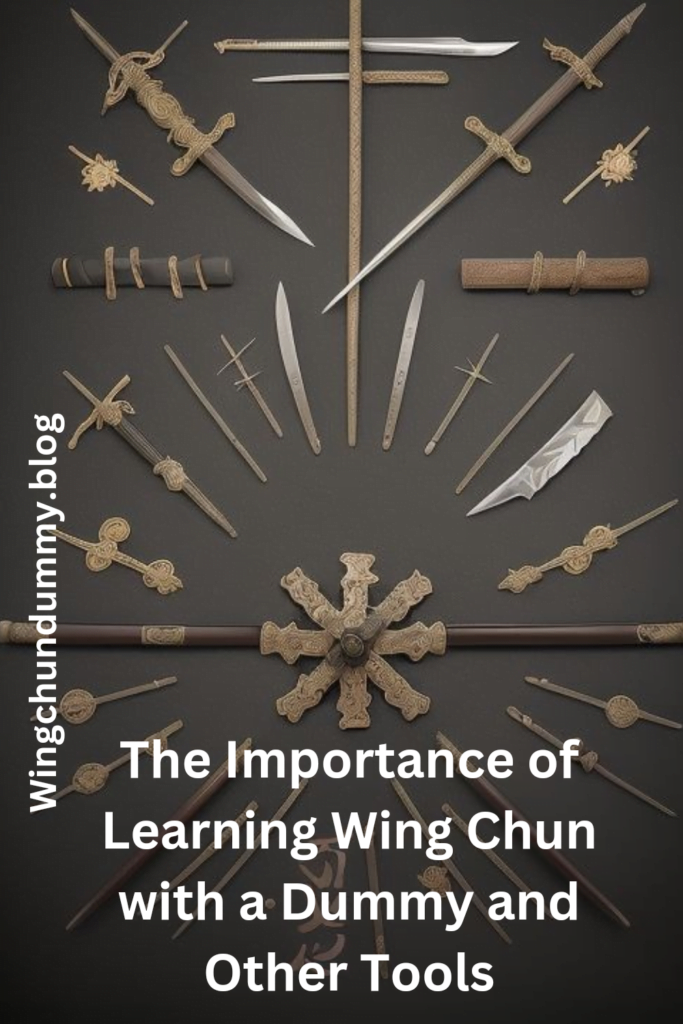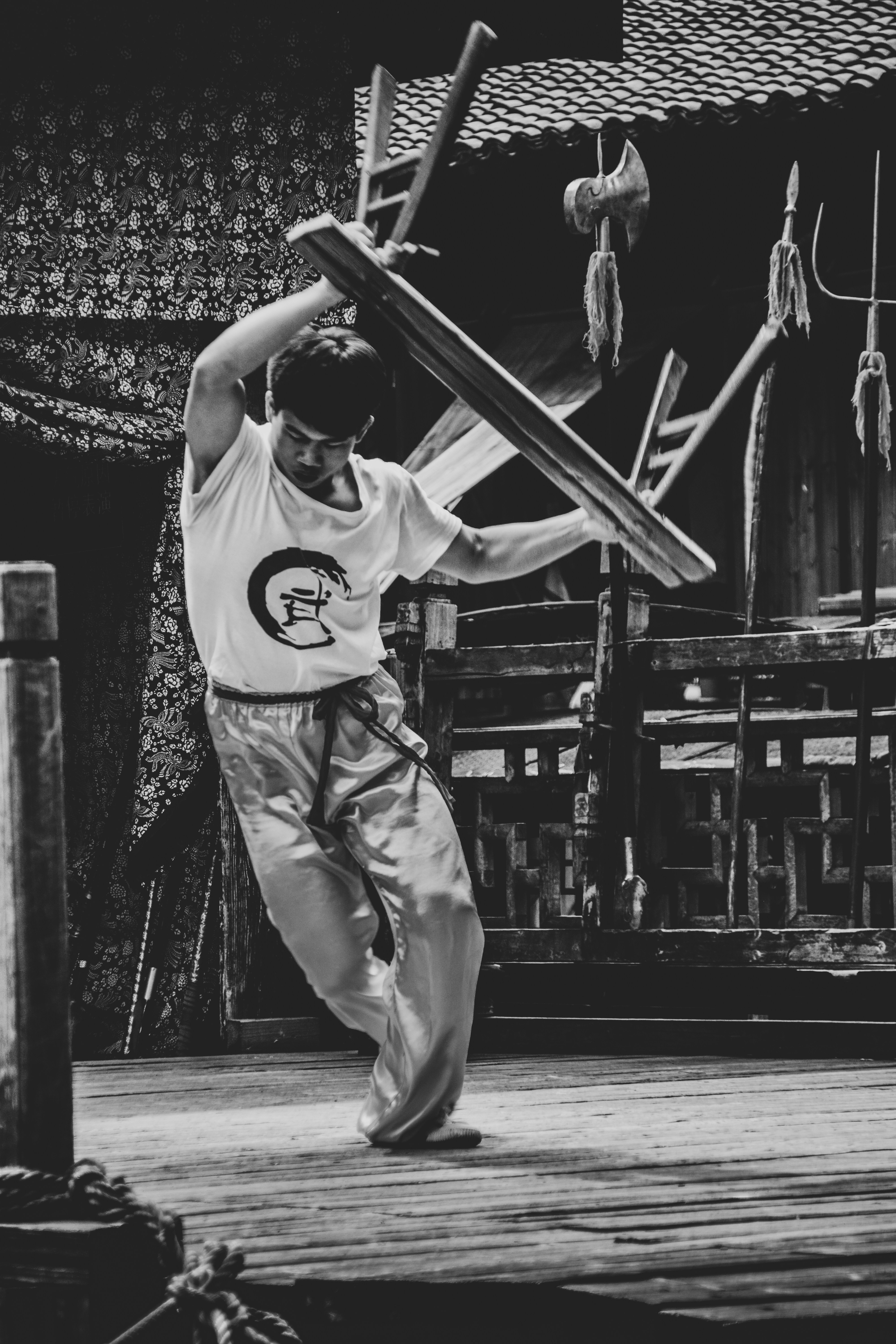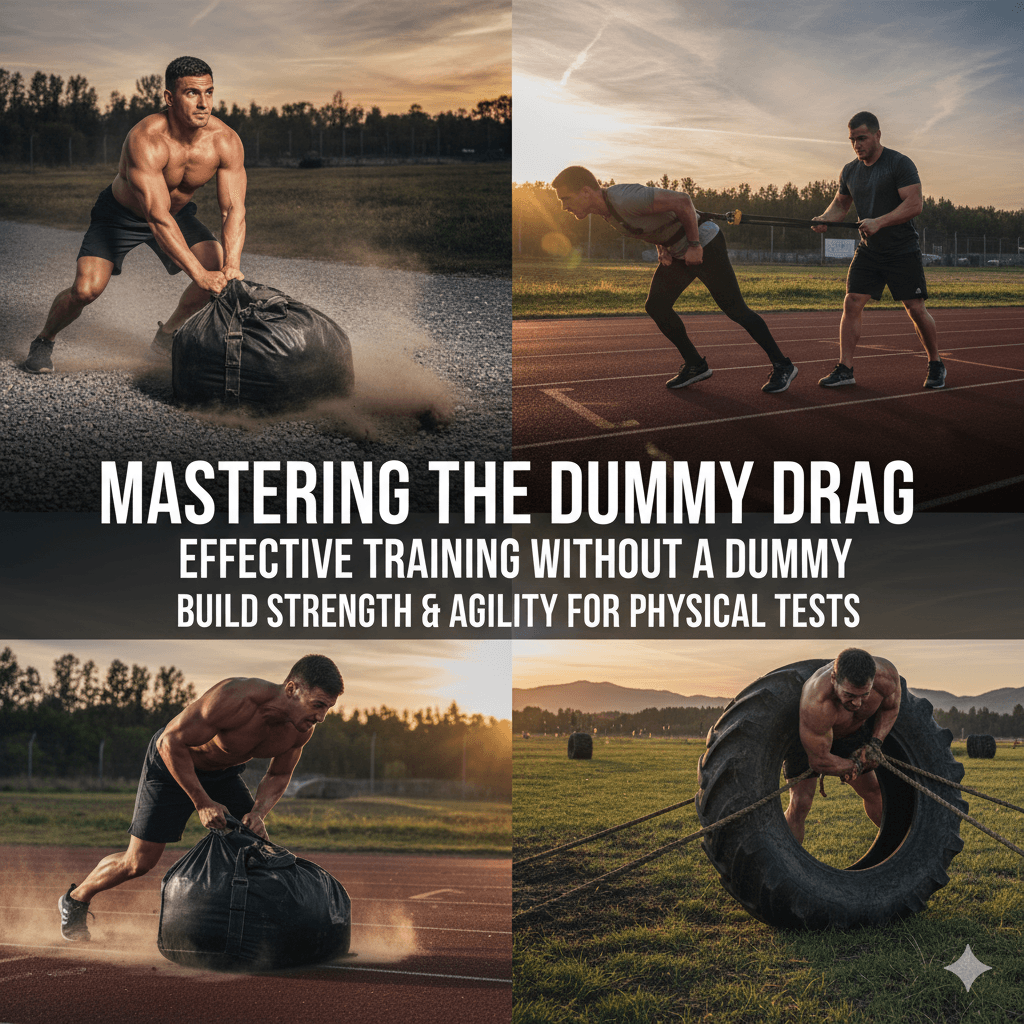Wing Chun is a traditional Chinese martial art that has garnered global recognition for its efficiency, directness, and unique focus on close-range combat.
Originating from the Southern Shaolin Monastery in China, this martial art form was developed to enable practitioners to defend themselves effectively in confined spaces.
Its core principles revolve around simplicity, economy of motion, and the strategic use of body mechanics to overpower opponents.
Historically, Wing Chun’s lineage can be traced back to the legendary figures of Ng Mui, a Shaolin nun, and her student Yim Wing Chun, after whom the art is named.
Over centuries, the techniques and philosophies of Wing Chun have been refined and passed down through generations of martial artists.
One of the most significant contributors to Wing Chun’s modern development and global popularity is Ip Man, a grandmaster whose teachings have had a profound influence on the martial arts community.
Ip Man’s most famous student, Bruce Lee, further propelled Wing Chun into the international spotlight, incorporating its principles into his own martial art philosophy, Jeet Kune Do.
At the heart of Wing Chun lies a commitment to efficiency and practicality.
Techniques are designed to be executed with minimal effort for maximum effect, emphasizing direct and linear movements over elaborate or flashy maneuvers.
This approach makes Wing Chun particularly well-suited for real-world self-defense situations, where quick, decisive action is often required.
Additionally, Wing Chun places great importance on the development of internal energy, or “chi,”.
which practitioners believe can enhance physical and mental resilience.
Overall, Wing Chun is not just a martial art but a comprehensive system of self-improvement.
Its training methods, which include the use of tools such as the wooden dummy, aim to cultivate
- physical fitness,
- mental discipline,
- and strategic thinking.
Through consistent practice, students learn to harmonize their movements, anticipate opponents’ actions, and maintain a calm, focused mindset under pressure.
This holistic approach to martial arts makes Wing Chun a valuable and enduring practice for individuals seeking to enhance their self-defense capabilities and overall well-being.
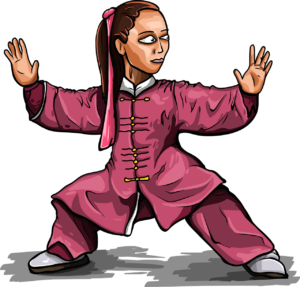
The Role of the Wooden Dummy in Wing Chun
The wooden dummy, or Muk Yan Jong, plays a pivotal role in Wing Chun training, offering practitioners an invaluable tool to refine their techniques.
This traditional apparatus is meticulously designed to simulate an opponent, featuring wooden arms and a leg that replicate the human body’s structure.
The dummy’s primary purpose is to help students develop proper structure, positioning, and angles of attack and defense, which are foundational to Wing Chun’s effectiveness.
One of the key benefits of training with the wooden dummy is the enhancement of structural integrity.
The rigid design requires practitioners to maintain correct body alignment and stance to execute techniques effectively.
This focus on structure ensures that movements are efficient and powerful, minimizing wasted energy and maximizing impact.
The dummy’s resistance also aids in strengthening the practitioner’s limbs and improving overall physical conditioning.
In addition to structural benefits, the Muk Yan Jong is instrumental in honing spatial awareness and positioning.
The wooden arms and leg are strategically placed to represent various angles of attack and defense, allowing students to practice precise movements.
This aspect of training is crucial for developing the ability to react swiftly and accurately in combat situations.
By consistently working with the dummy, practitioners learn to navigate around an opponent’s limbs, finding the most effective paths for strikes and blocks.
Furthermore, the wooden dummy provides a safe and consistent training partner.
Enabling practitioners to practice techniques repeatedly without the risk of injury.
This consistency is essential for mastering the subtle nuances of Wing Chun’s movements.
The repetitive nature of dummy training ingrains muscle memory.
Making techniques second nature in real-life scenarios.
Overall, the Muk Yan Jong is an indispensable tool in Wing Chun training.
Offering a comprehensive platform for developing structural integrity, spatial awareness, and precise technique execution.
Its design and functionality make it an ideal partner for practitioners striving to master the art of Wing Chun.
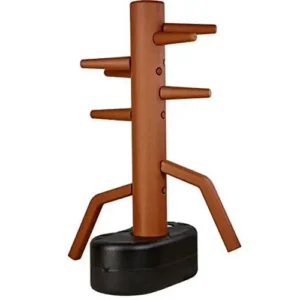
Enhancing Reflexes and Timing
Training with a dummy and other tools in Wing Chun is pivotal for honing reflexes and refining timing, both of which are indispensable in real combat scenarios.
The wooden dummy serves as an invaluable apparatus for practitioners to simulate an actual opponent.
Enabling the repetition of form and technique in a controlled environment.
Through consistent practice, one can develop muscle memory and enhance reaction times.
Which are critical when faced with a live opponent.
One of the primary drills that aid in improving reflexes is the “Chi Sau” or “Sticking Hands” exercise.
This drill involves two practitioners maintaining constant contact with each other’s forearms while executing various techniques.
The objective is to respond instinctively to the partner’s movements, fostering a sensitivity to subtle changes in pressure and position.
This heightened awareness is crucial for anticipating and countering attacks effectively.
Another essential drill is the “Pak Sau” or “Slapping Hand.”
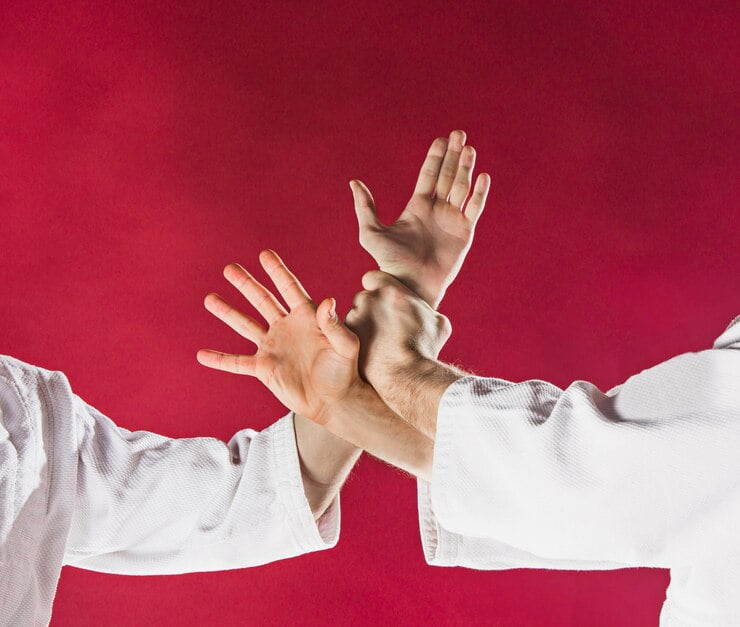
This exercise focuses on deflecting incoming strikes and countering them swiftly.
Practitioners execute a series of rapid, alternating hand movements to parry and redirect simulated attacks from the wooden dummy or a training partner.
The repetitive nature of this drill conditions the practitioner to react quickly and accurately.
Thereby enhancing both defensive and offensive capabilities.
Additionally, the use of focus mitts and striking pads is integral to refining timing.
These tools allow practitioners to practice precision striking, targeting specific areas with exact timing.
The unpredictability of a moving target, such as a focus mitt held by a partner, mimics the dynamics of a real fight, compelling the practitioner to adapt and strike with optimal timing.
Incorporating these drills and tools into regular training sessions not only improves reflexes and timing but also builds confidence and readiness for real combat situations.
Consistent practice with the wooden dummy and other training aids ensures that a Wing Chun practitioner is well-equipped to handle the demands of martial encounters with agility and precision.
Developing Strength and Conditioning
Utilizing a dummy and other tools in Wing Chun training significantly contributes to building physical strength and conditioning.
One of the primary benefits of incorporating these tools is the targeted development of muscle groups essential for executing Wing Chun techniques effectively.
The forearms, wrists, and shoulders are particularly crucial.
As they play a fundamental role in the execution of strikes, blocks, and grappling maneuvers.
For instance, the wooden dummy, a traditional training apparatus, is indispensable for enhancing both strength and precision.
Practicing sequences such as the “Muk Yan Jong” form on the wooden dummy engages the forearms and wrists extensively.
The repetitive striking and blocking against the hard surface of the dummy not only conditions the muscles but also toughens the skin and bones, creating resilience and power.
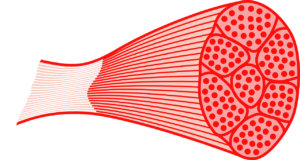
Additionally, wrist rollers and hand grippers are excellent tools for enhancing grip strength and forearm endurance.
Regular use of these devices can significantly improve the ability to maintain control during close-range combat, a hallmark of Wing Chun.
Simple yet effective, these tools can be integrated into daily training routines to gradually build strength.
Shoulder strength is another critical component in Wing Chun, given the reliance on powerful and swift arm movements.
Exercises such as push-ups, particularly on uneven surfaces to mimic the uneven pressure of striking a wooden dummy, can fortify the shoulders and chest.
Resistance bands and weighted shadowboxing can also be employed to simulate the dynamic resistance encountered during sparring or self-defense scenarios.
Moreover, incorporating core strength exercises like planks and Russian twists can enhance overall body stability and balance.
Which are pivotal in maintaining a strong stance and executing techniques with precision.
These exercises, when combined with Wing Chun-specific drills on the dummy.
It Creates a comprehensive conditioning program that prepares practitioners for the physical demands of the art.
In conclusion, the integration of a dummy and other strength-building tools in Wing Chun practice is invaluable for developing the physical attributes necessary for mastery.
The strategic use of these tools not only fortifies the essential muscle groups.
But also enhances the overall effectiveness and resilience of Wing Chun techniques.
Wing Chun is a martial art that places significant emphasis on accuracy and precision, both of which are critical for effective self-defense and combat efficacy.
Regular practice with a Wing Chun dummy, often referred to as a “Muk Yan Jong,” plays a pivotal role in honing these attributes.
The structured form of the dummy allows practitioners to focus on striking and blocking with pinpoint accuracy, essential skills for any martial artist.
When practicing with a dummy, the emphasis is on hitting the correct targets and ensuring that the limbs are positioned effectively.
This form of practice helps in developing muscle memory.
allowing the practitioner to execute techniques instinctively and with greater precision.
The dummy’s wooden arms and legs simulate an opponent’s limbs, offering a tangible point of reference to aim for.
which enhances the accuracy of strikes and blocks.
Furthermore, the feedback provided by the dummy is invaluable.
The resistance and rigidity of the wooden structure act as a realistic stand-in for an opponent, giving immediate tactile feedback.
This feedback is crucial for making necessary adjustments in real-time
allowing the practitioner to refine their techniques.
For instance, if a strike is off-target or a block is poorly positioned.
The practitioner can feel this through the dummy and adjust accordingly.
Over time, this leads to more effective and precise movements.
Additionally, the repetitive nature of dummy training ingrains proper technique into the practitioner’s muscle memory.
This repetition is not merely about going through the motions but about perfecting each movement to ensure that it is both accurate and effective.
This focus on precision helps in developing a deeper understanding of Wing Chun principles and their application in real-world scenarios.
In essence, the Wing Chun dummy serves as a critical tool in improving accuracy and precision.
By providing a consistent and reliable training partner.
it allows practitioners to fine-tune their skills, ensuring that each strike and block is executed with the utmost effectiveness.
This, in turn, enhances their overall proficiency in Wing Chun, making them more capable and confident martial artists.
Building 🏫 Mental Focus and Discipline
Training in Wing Chun with a dummy and other tools extends beyond physical conditioning.
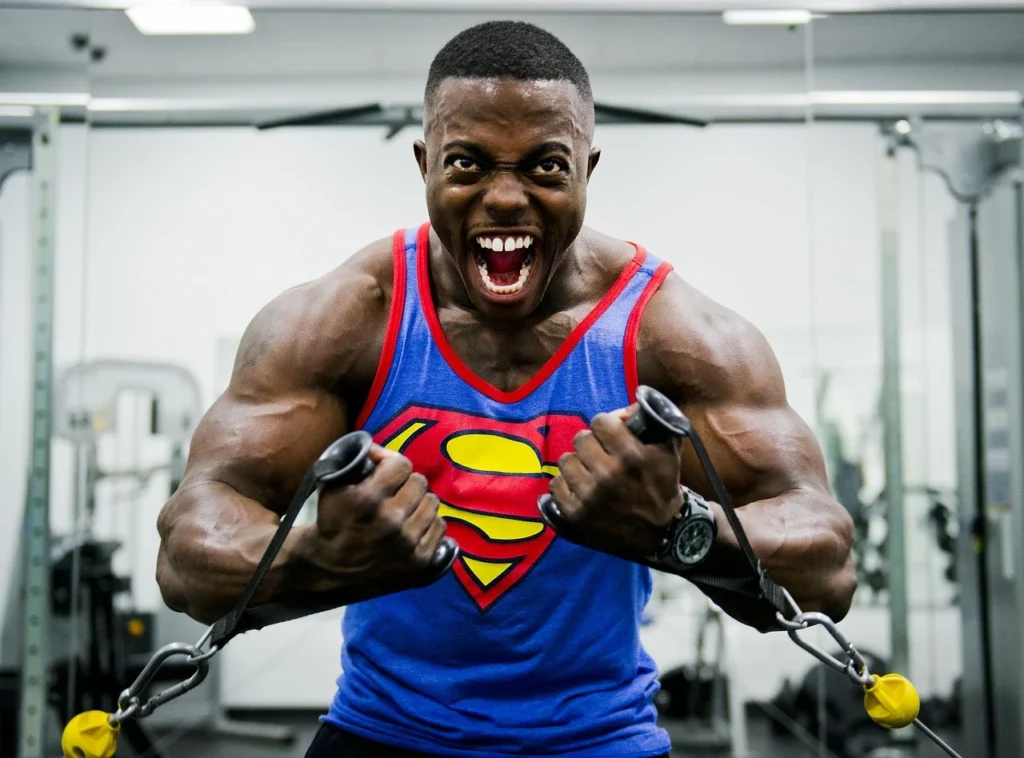
it significantly enhances mental focus and discipline.
The structured routines and complex movements necessitate a heightened level of concentration.
Each practice session requires the practitioner to be fully present, meticulously analyzing their form, timing, and technique.
This continuous mental engagement cultivates a sharp, disciplined mind.
essential for any martial artist aiming for mastery.
The repetitive nature of Wing Chun drills, particularly those involving a wooden dummy, demands patience and perseverance.
As practitioners repeat sequences, their ability to maintain focus over prolonged periods improves.
This not only translates to better martial arts performance.
but also carries over into daily life, fostering improved mental clarity and decision-making skills.
Discipline is another cornerstone of Wing Chun training.
Consistency in practice is non-negotiable for progress.
The commitment to regular training sessions , despite the challenges and setbacks, strengthens an individual’s resolve and self-discipline.
Over time, this discipline becomes second nature, instilling a sense of responsibility and dedication that benefits all areas of life.
Moreover, the mental benefits of Wing Chun are not limited to adults.
Young practitioners also experience enhanced concentration and discipline.
which can positively impact their academic performance and social interactions.
The structured environment of martial arts training provides a constructive outlet for energy and fosters a sense of achievement and self-worth.
In conclusion, the mental benefits derived from training with a Wing Chun dummy and other tools are profound.
They cultivate essential traits such as
- focus,
- discipline,
- and patience
which are crucial for martial artists and beneficial in everyday life.
The consistent practice of Wing Chun not only hones physical capabilities.
Also sharpens the mind, leading to a well-rounded and resilient individual.
Integrating Tools into Sparring Practice
Integrating tools like the Wing Chun dummy into sparring practice is pivotal for translating theoretical knowledge into practical application.
The wooden dummy, a staple in Wing Chun training, serves as a versatile tool for honing precision, speed, and muscle memory.
These skills are not merely theoretical but have tangible benefits when applied to sparring and real-life self-defense scenarios.
One significant advantage of training with the dummy is the enhancement of tactile reflexes.
The fixed structure of the dummy allows practitioners to practice deflections, blocks, and strikes with a high degree of accuracy.
When transitioning to sparring, these tactile reflexes enable a practitioner to respond instinctively to an opponent’s movements, effectively neutralizing attacks and creating openings for counter-strikes.
Additionally, techniques practiced on the dummy, such as the Bong Sau (wing arm) or Tan Sau (palm-up block), are directly translatable to sparring.
These techniques instill a muscle memory that becomes second nature in a dynamic, free-form environment.
For instance, a well-executed Bong Sau can deflect an opponent’s punch while simultaneously setting up for a counter-attack.
Demonstrating the practical application of drills performed on the dummy.
Furthermore, other tools like focus mitts and punch bags contribute to
- developing timing,
- distance management,
- and striking power.
These elements are crucial in sparring, where the unpredictability of an opponent’s actions requires quick adaptation.
Practicing combinations on focus mitts.
for example, 😞
It can enhance a practitioner’s ability to transition seamlessly between defense and offense during a sparring match.
The ultimate goal of integrating tools into sparring practice is to prepare Wing Chun practitioners for real-life self-defense situations.
The structured yet adaptive training with the dummy and other tools ensures that techniques are not only learned but internalized.
Providing the practitioner with the confidence and capability to handle unpredictable and high-stress encounters effectively.
By consistently bridging the gap between isolated practice and dynamic sparring.
Practitioners can develop a well-rounded skill set that is both practical and reliable.
Conclusion: The Benefits of Wing Chun Training with Tools
Incorporating a dummy and other tools in Wing Chun training offers a multitude of benefits that extend beyond mere physical prowess.
The integration of such equipment fosters a comprehensive development of technical skills.
Physical conditioning, and mental fortitude among practitioners.
By utilizing a dummy, students can enhance their precision in executing techniques.
Ensuring that movements are both accurate and effective.
This precision is crucial in real-world scenarios where split-second decisions and flawless execution can make a significant difference.
Moreover, training with a dummy and other tools contributes to the physical conditioning of the body.
Repeated practice against a solid object builds strength, endurance, and resilience.
It also hones reflexes, enabling practitioners to react swiftly and effectively under pressure.
The repetitive nature of these exercises ingrains muscle memory.
Which is essential for executing techniques instinctively without conscious thought.
Beyond the physical and technical advantages.
The mental benefits of using training tools in Wing Chun cannot be overstated.
The discipline required to practice consistently with a dummy fosters a strong mental focus and concentration.
It encourages a meditative approach to training, where the mind and body work in harmony to achieve a state of flow.
This mental discipline is invaluable, not only in martial arts but also in everyday life.
Plus enhancing overall well-being and stress management.
In conclusion, the holistic benefits of incorporating a dummy and other tools in Wing Chun training are manifold.
Practitioners experience improvements in their technical execution, physical conditioning, and mental discipline.
These tools serve as indispensable assets in the journey to becoming a well-rounded martial artist.
Embracing the use of a dummy and other training aids is a step towards mastering the art of Wing Chun.
and achieving a balance development of mind, body, and spirit.

